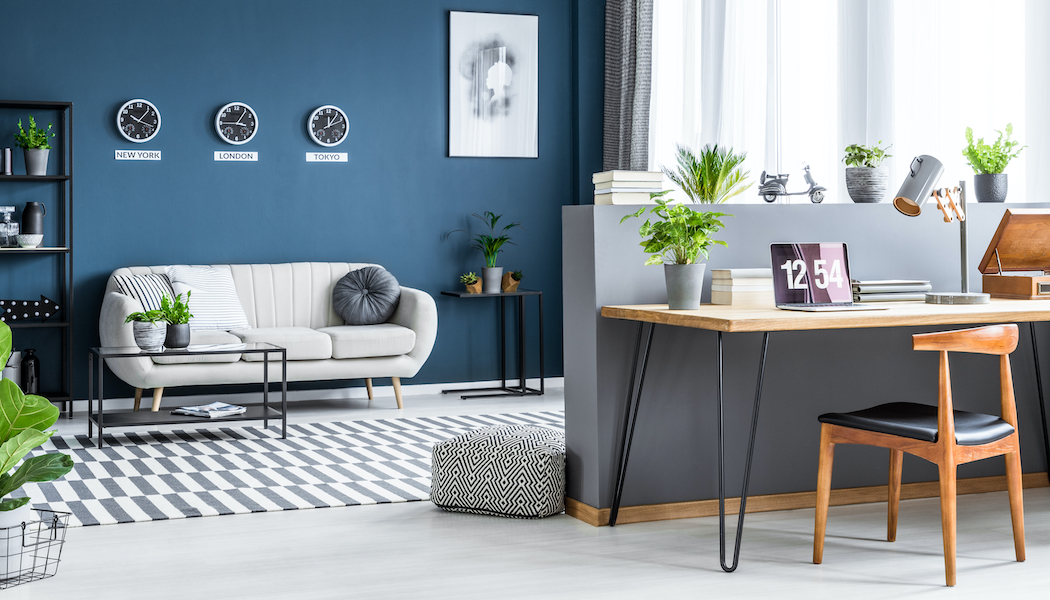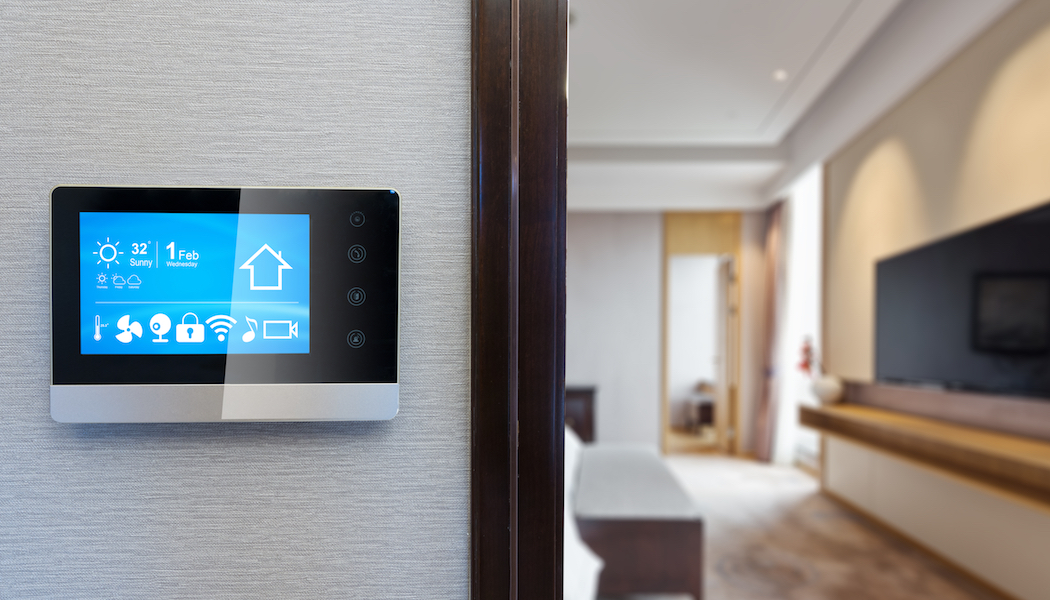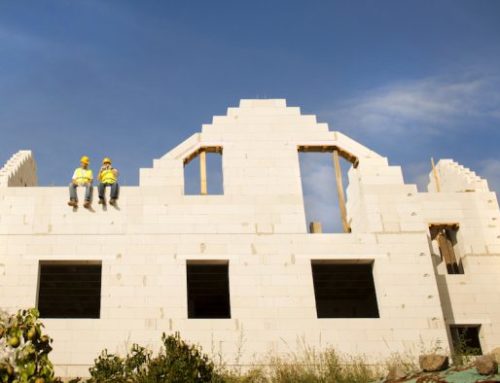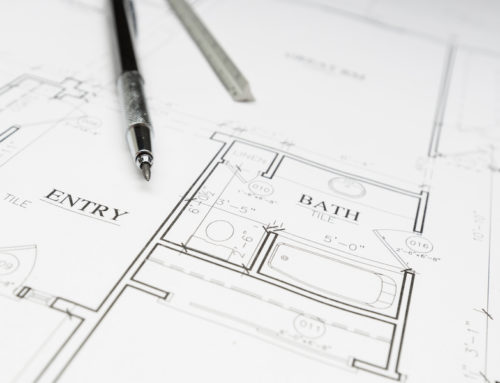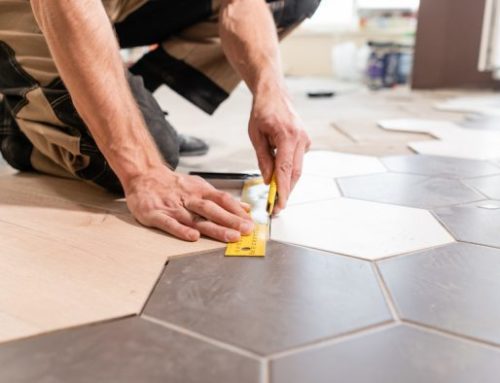The impact of climate change affects us all. Not only are the Earth’s temperatures rising, we are seeing more natural disasters as a result of the phenomenon and natural habitats are declining at an alarming rate. The good news is, there are small steps you can take for a more energy efficient home, that go beyond recycling and composting. Consider the following tips for going green:
Install a smart thermostat: Heating and cooling your home takes an immense amount of energy, and the costs can add up if not managed properly. With smart thermostats, you can program your HVAC system to work around your schedule, so that it’s only working when you’re home. Not only that, most smart thermostats can be controlled remotely, so you never have to wonder, “Did I turn off the heat?”
Switch to LEDs: While incandescent lighting has gone through several changes since their invention, most of the power used by bulbs produced today is converted into heat. Not only does that mean more power consumption, it means more unwanted heat in the home. Luckily, LEDs (light-emitting diodes) have become more readily available recently and significantly reduce energy use compared to traditional incandescent bulbs (and last much longer).
Use efficient bathroom fixtures: Water consumption is another aspect of greenifying your home. High-flow showerheads can waste a lot of water while bathing, so consider investing in one that allows you to change the flow setting. In the same way, traditional toilets use a lot of water (13.6 litres) when being flushed. In contrast, modern, high efficiency toilets, only use 5 litres.
This is only the starting point – there is much more that you can do for a more energy efficient home (such as the installation of solar panels). But small steps like these add up. And one of the best things about making your home more environmentally friendly: the resulting savings in utilities and energy use!



